Review article
- Page Path
-
- HOME
- ARTICLE CATEGORY
- Review article
- Review Article
- Nutrition
- Macronutrients modified dietary intervention in the management of overweight/obese children and adolescents: a systematic review
- Jihyun Park, Oh Yoen Kim
- Clin Exp Pediatr. 2024;67(4):191-200. Published online July 11, 2023
-
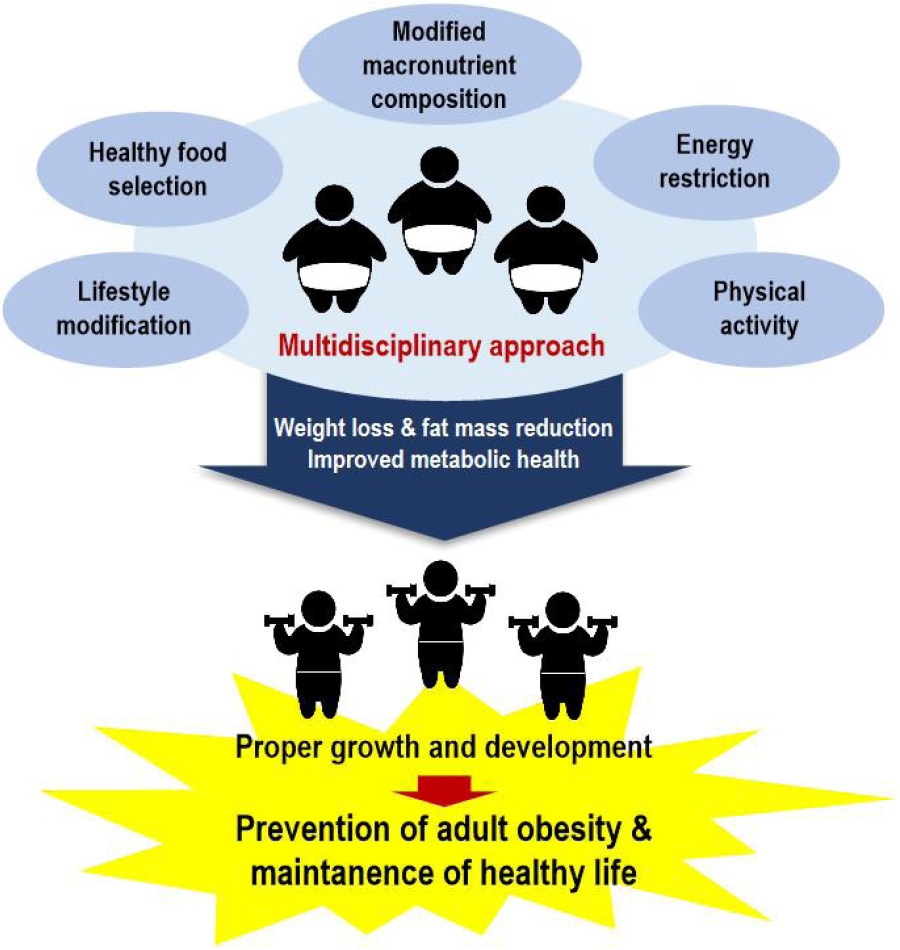
· Dietary macronutrient modifications affect the body composition of and metabolic markers in children and adolescents.
· Hypocaloric diets, regardless of macronutrient composition, are reportedly effective for weight loss in obese children.
· Future interventional studies with meta-analyses that include Korean children and adolescents are needed to provide basic information applicable to this population.
- Cardiology
- Heart failure in children and adolescents: an update on diagnostic approaches and management
- Amit Agrawal, Dalwinder Janjua, Abdulrahman Ahmed Alsayed Ali Zeyada, Ahmed Taher Elsheikh
- Clin Exp Pediatr. 2024;67(4):178-190. Published online June 19, 2023
-
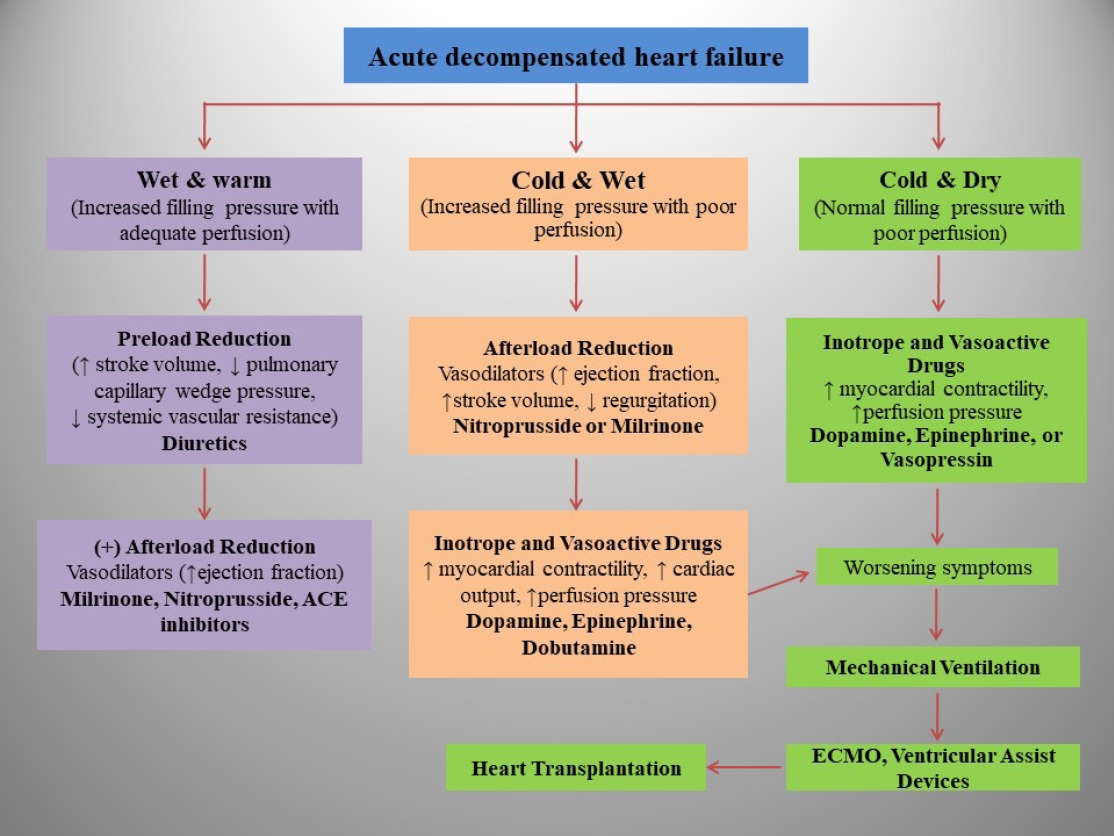
· Pediatric heart failure (PHF) is a clinical syndrome featuring various symptoms (shortness of breath, ankle swelling, fatigue) and signs (pulmonary crackles, peripheral edema).
· Congenital heart diseases are the most common underlying etiology of PHF, whereas myocarditis and primary cardio-myopathies are common in children without structural ab-normalities.
· PHF pathophysiology is complex and multifactorial and varies by etiology and age.
· PHF management includes decongestive therapy, treatment of underlying causes, preventing progression, and managing pulmonary or systemic obstructions.
· Drugs should be chosen based on pharmacodynamics, clinical manifestations, hemodynamic state, and renal function.
- Neonatology (Perinatology)
- Neonatal family-centered care: evidence and practice models
- Juyoung Lee
- Clin Exp Pediatr. 2024;67(4):171-177. Published online June 14, 2023
-
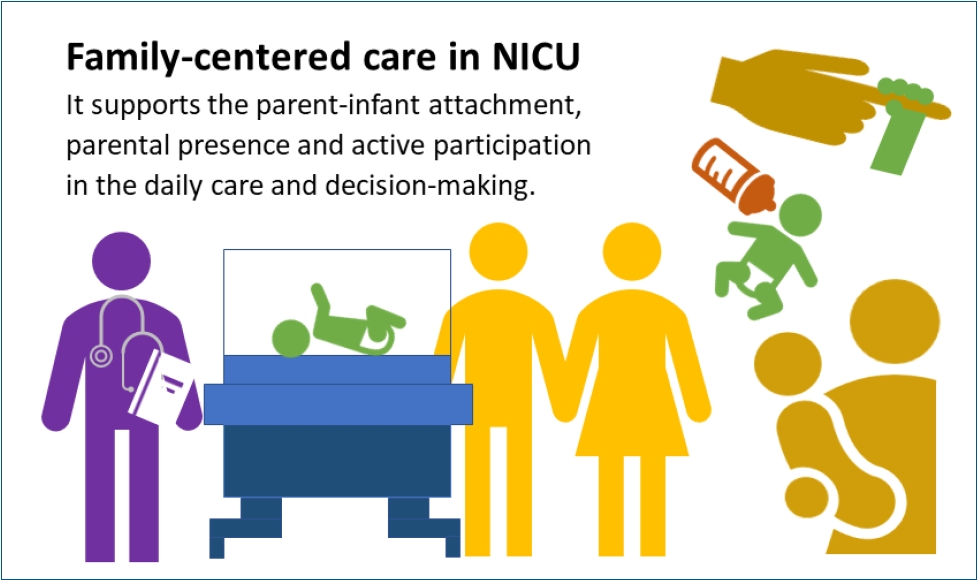
· Concrete evidence exists of early parent-infant attachment supported by family-centered care (FCC) in the neonatal intensive care unit.
· FCC involves the parents’ presence and participation in the infant’s care and decision-making.
· A private and comfortable space should be provided. A single-family room is ideal; however, a quiet space with a recliner can be a good alternative.
· Care culture changes and staff training are required.
- Allergy
- Practical issues of oral immunotherapy for egg or milk allergy
- Sukyung Kim, Kangmo Ahn, Jihyun Kim
- Clin Exp Pediatr. 2024;67(3):140-148. Published online June 19, 2023
-
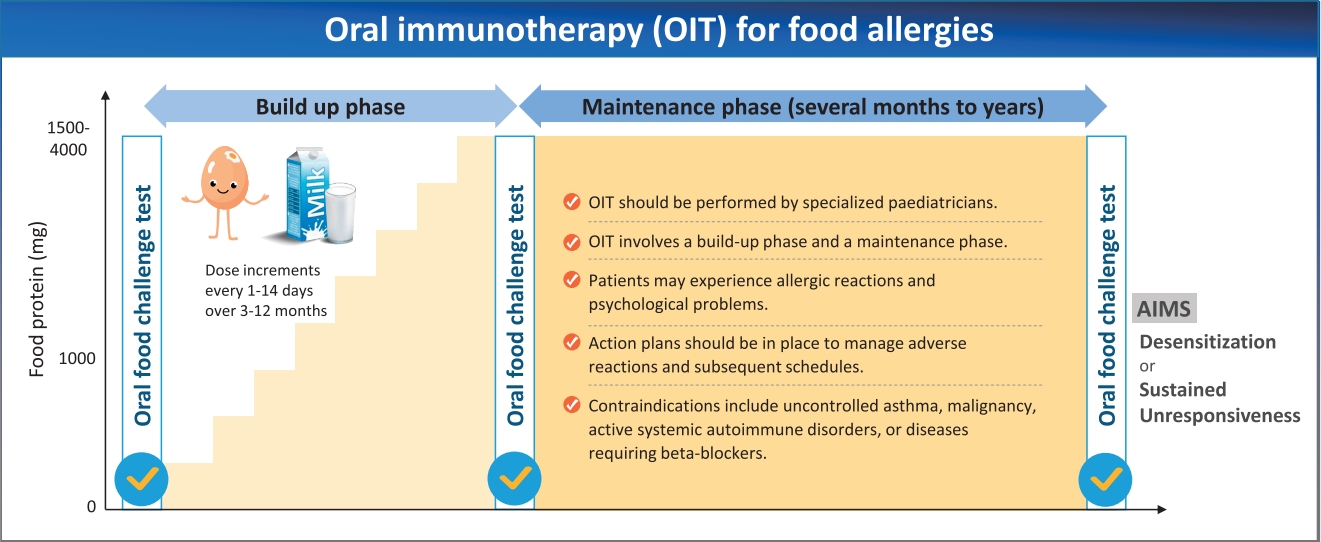
· Oral immunotherapy should be supervised by pediatricians with experience administering oral food challenge tests and managing allergic reactions.
· Food allergen intake is gradually increased and maintained for years.
· Patients may experience allergic reactions and psychological problems.
· Adjunctive therapies (biologics, antihistamines, and leukotriene receptor antagonists) may improve efficacy and safety.
· Contraindications include uncontrolled asthma, malignancy, active autoimmune disorders, and beta-blocker usage.
- Other
- Acetaminophen causes neurodevelopmental injury in susceptible babies and children: no valid rationale for controversy
- Lisa Zhao, John P. Jones, Lauren G. Anderson, Zacharoula Konsoula, Cynthia D. Nevison, Kathryn J. Reissner, William Parker
- Clin Exp Pediatr. 2024;67(3):126-139. Published online June 14, 2023
-
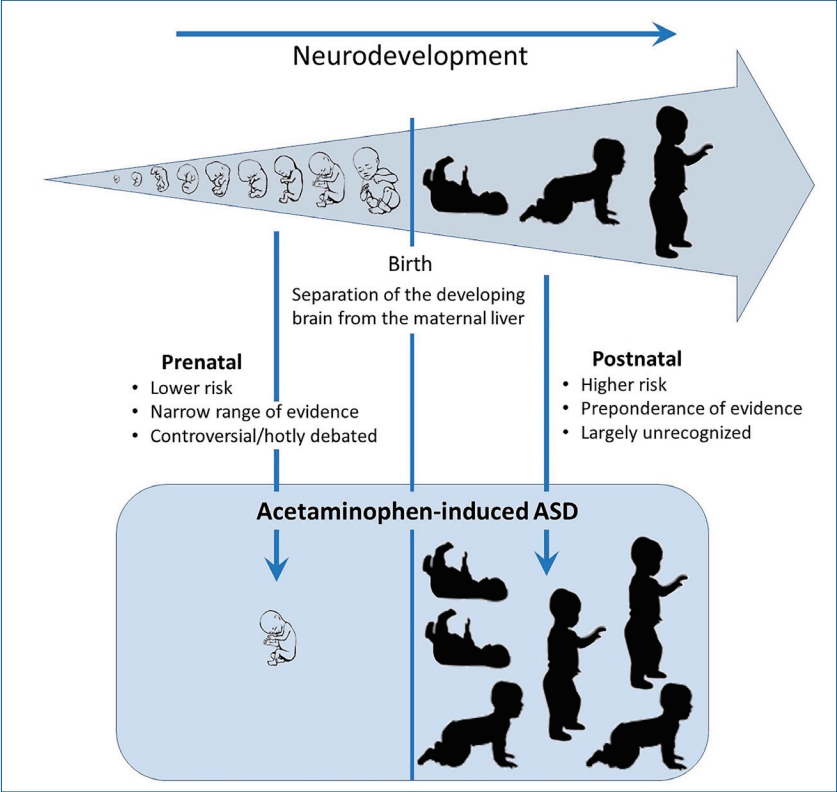
Despite worldwide acceptance of acetaminophen (paracetamol) in pediatric medicine, careful examination reveals no valid objections to the conclusion that early exposure to acetaminophen causes neurodevelopmental injury in susceptible babies and children. Nevertheless, debate that early exposure to acetaminophen causes neurodevelopmental injury has centered around the prenatal period, evidence of which is relatively limited compared to that in the postnatal period, which is the time of greatest absolute and relative risk.
- MicroRNAs as novel biomarkers for the diagnosis and treatment of pediatric diseases
- Hwal Rim Jeong, Il Tae Hwang
- Clin Exp Pediatr. 2024;67(3):119-125. Published online May 24, 2023
-
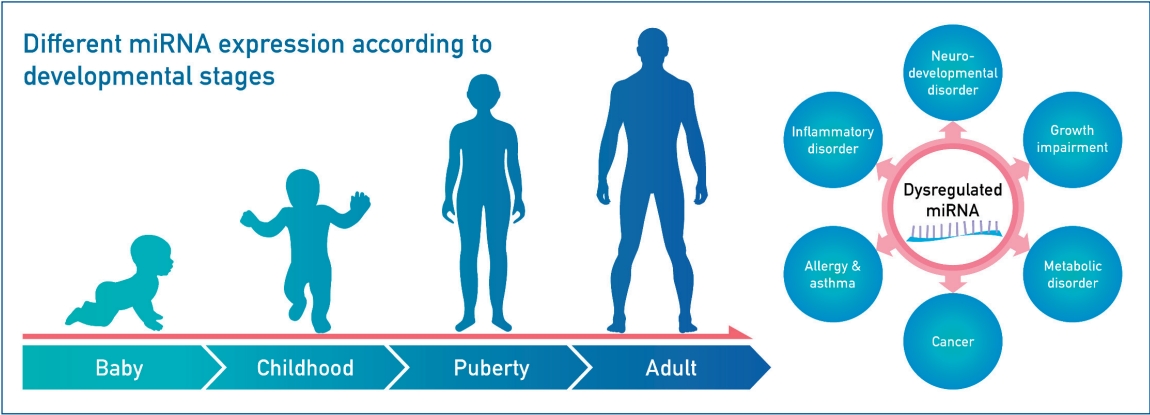
MicroRNAs (miRNAs) are small noncoding RNAs that regulate gene expression post transcriptionally, and MiRNA expression levels vary with developmental stages. MiRNAs play an important role in several biological processes in children, including growth, neuro-development, inflammation, and tumor formation. Research on miRNAs may uncover the molecular mechanisms underlying various pediatric diseases, leading to the development of novel biomarkers that aid in the diagnosis, treatment, and prognosis of these diseases.
- Infection
- Community-acquired pneumonia in children: updated perspectives on its etiology, diagnosis, and treatment
- Ki Wook Yun
- Clin Exp Pediatr. 2024;67(2):80-89. Published online June 14, 2023
-
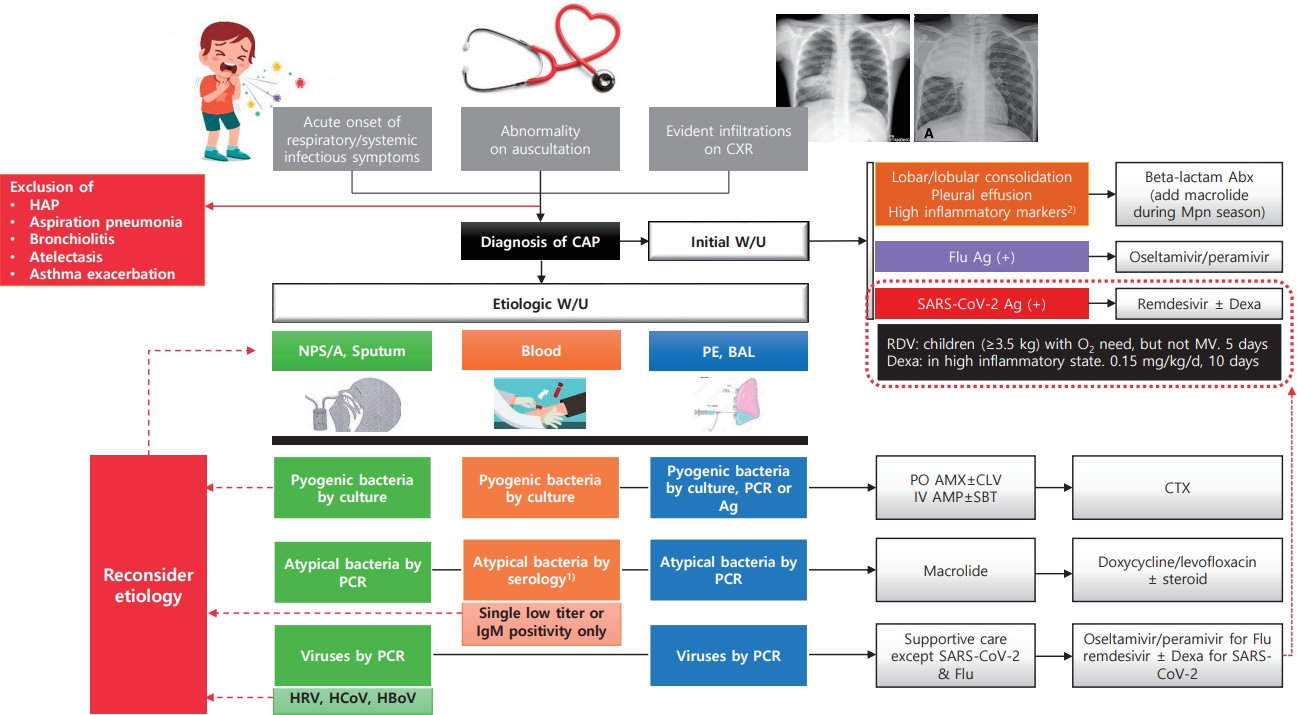
· Most commonly confirmed causes of community-acquired pneumonia (CAP) in children are Mycoplasma pneumoniae (8%–40%) and respiratory syncytial virus (15%–20%).
· Pyogenic bacteria, most commonly Streptococcus pneumoniae (40%–50%) and Streptococcus pyogenes (10%–25%), are detected in 2%–5% of children hospitalized with CAP.
· CAP should be diagnosed conservatively according to clinical and radiological criteria.
· The etiology should be identified via appropriate test result interpretation.
- Allergy
- Moderate to severe atopic dermatitis in children: focus on systemic Th2 cytokine receptor antagonists and Janus kinase inhibitors
- Jeong Hee Kim, Mona Salem Samra
- Clin Exp Pediatr. 2024;67(2):64-79. Published online June 14, 2023
-
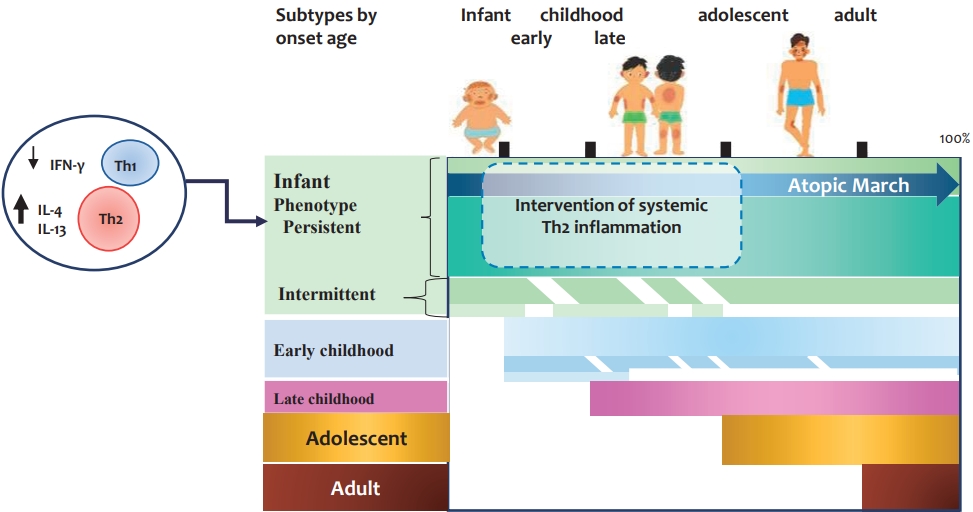
· Atopic dermatitis (AD) is characterized by a strong T helper (Th)2 response, although the extents of Th22, Th17/ interleukin (IL)-23, and Th1 responses vary among disease subtypes.
· Children with moderate to severe AD may require early systemic therapy to reduce the systemic inflammation caused by increased Th2 cytokine levels.
· Dupilumab, which blocks IL-4/IL-13 receptor, has equivalent efficacy for extrinsic and intrinsic AD and a favorable safety profile in infants and children aged 6 months and older.
- Gastroenterology
- High-resolution anorectal manometry in children
- Yogesh Waikar
- Clin Exp Pediatr. 2024;67(2):57-63. Published online June 14, 2023
-
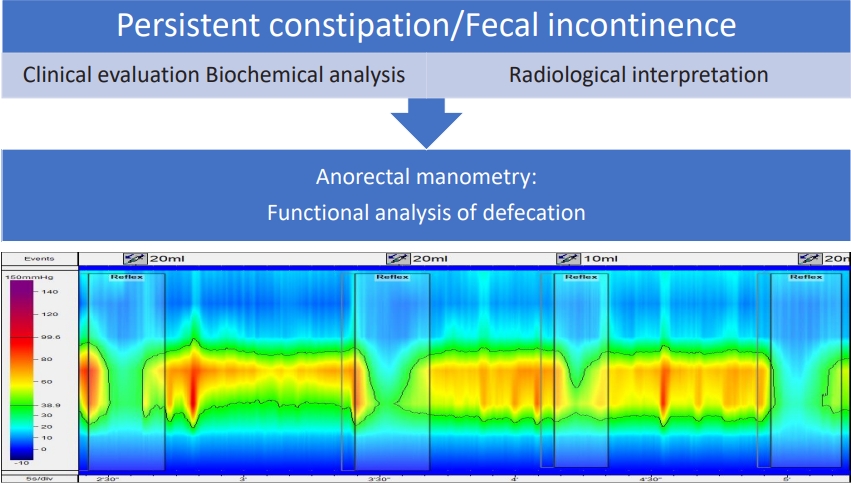
· Anorectal manometry is safe in children.
· Defecation Dyssynergia is one of the commonest cause of chronic constipation.
· Positive Rectoanal inhibiory reflex rules out Hirschsprung's Disease
- Developmental and Behavioral Medicine
- Clinical practice guidelines for attention-deficit/hyperactivity disorder: recent updates
- Tae Hoon Eom, Young-Hoon Kim
- Clin Exp Pediatr. 2024;67(1):26-34. Published online June 14, 2023
-
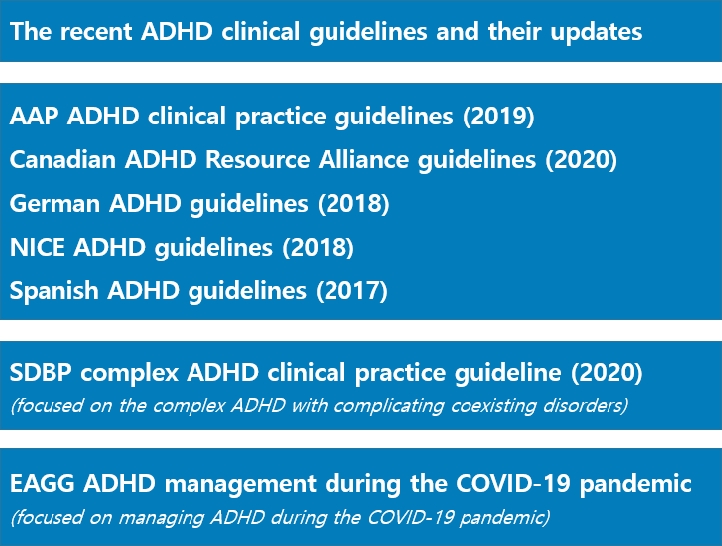
· Primary pediatricians should play a key role in the diagnosis and treatment of attention-deficit/hyperactivity disorder (ADHD).
· The Diagnostic and Statistical Manual of Mental Disorders, fifth edition, has lowered the diagnostic threshold for older teens and adults and a comorbid diagnosis with autism is now allowed.
· The American Academy of Pediatrics had added recommendation-related comorbid conditions in its guideline and the Society of Developmental and Behavioral Pediatrics recently developed a complex ADHD guideline.
· The European ADHD Guideline Group recently developed a guideline for managing ADHD during the coronavirus disease 2019 pandemic.
- Nephrology (Genitourinary)
- X-linked hypophosphatemic rickets: from diagnosis to management
- Eujin Park, Hee Gyung Kang
- Clin Exp Pediatr. 2024;67(1):17-25. Published online June 14, 2023
-
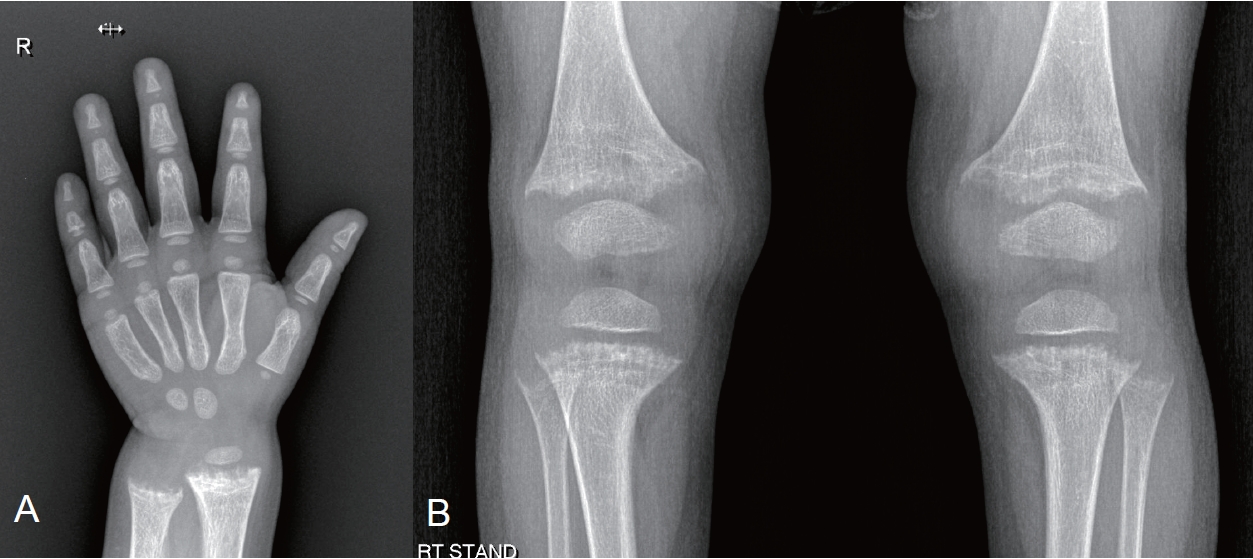
· X-linked hypophosphatemia (XLH), the most common cause of hypophosphatemic rickets, affects 1/20,000 people.
· XLH is caused by a loss-of-function mutation of the PHEX gene.
· Its main pathogenesis is elevated fibroblast growth factor-23 (FGF23) level.
· Burosumab, an FGF23 inhibitor, was developed in the early 2000s.
· Burosumab was approved in Korea in 2020 for XLH patients aged 1+ years with radiographic evidence of bone disease.
- Infection
- COVID-19 among infants: key clinical features and remaining controversies
- Nevio Cimolai
- Clin Exp Pediatr. 2024;67(1):1-16. Published online November 27, 2023
-
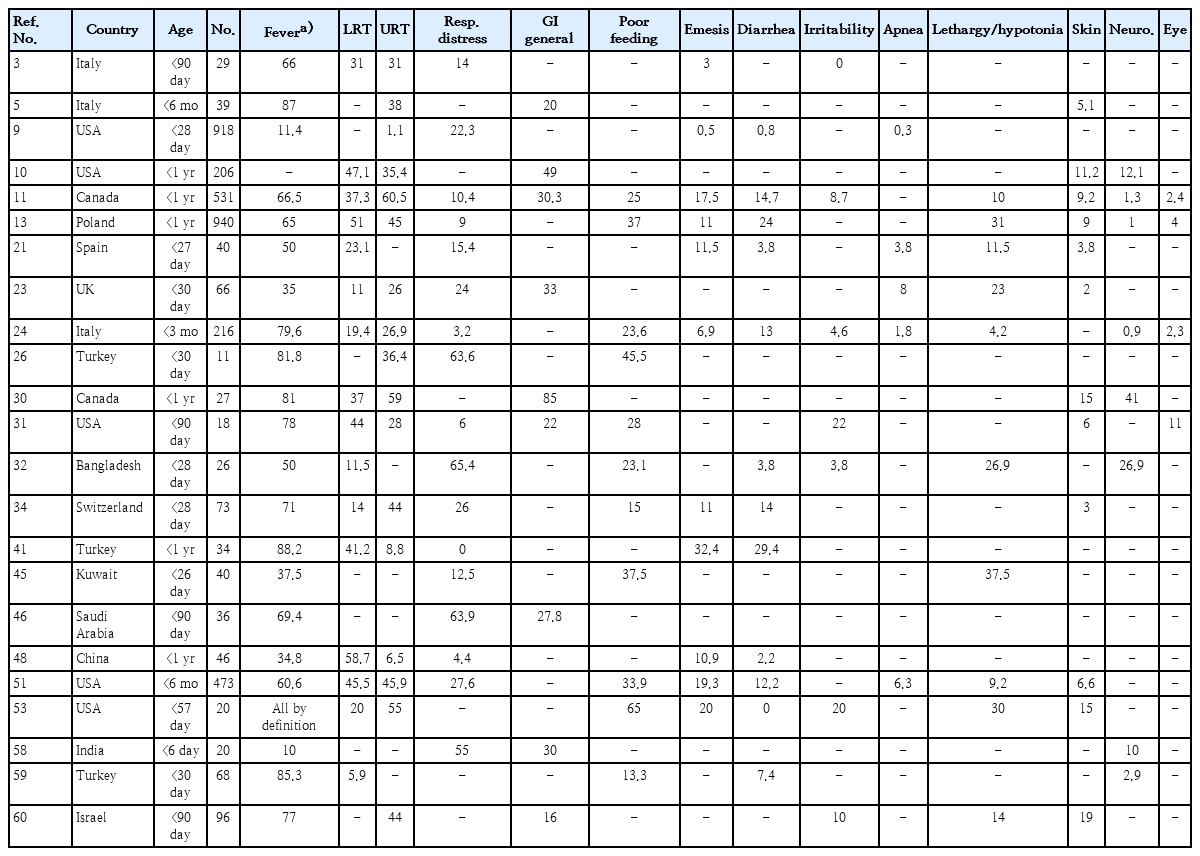
· Clinical studies of coronavirus disease 2019 (COVID-19) in infants should be supported by rigorous laboratory diagnostic criteria.
· Severe acute respiratory syndrome coronavirus 2 (SARS-CoV-2) spreads to infants similarly to other viral respiratory infections.
· Among infants ≤1 year of age beyond the immediate postpartum period, COVID-19 is relatively mild, but even the low risk of severe disease requires prevention.
· Comorbidities increase infection vulnerability and complications in infants.
· Clinical and laboratory data do not sufficiently distinguish COVID-19 from other respiratory viral infections.
· Coinfection with SARS-CoV-2 is uncommon among infants.
· Unique infection sequelae, including multi-inflammatory syndrome in children and neonates and long COVID require further study and refinement of diagnostic criteria.
· Infection control standards applied to mother-infant dyads should be tempered by standard preventive strategies, maternal input, accommodation potential, and overall safety.
· Maternal vaccination prevents disease in early infancy.
- Endocrinology
- Applications of genomic research in pediatric endocrine diseases
- Ja Hye Kim, Jin-Ho Choi
- Clin Exp Pediatr. 2023;66(12):520-530. Published online June 14, 2023
-
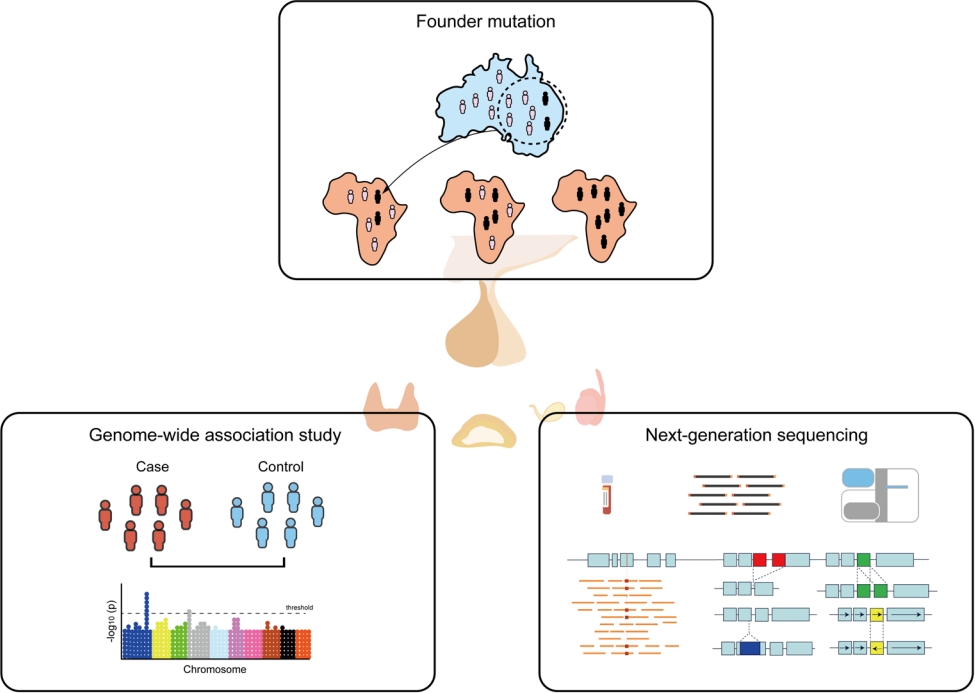
· Recent advances in molecular genetics have improved our understanding of pediatric endocrine disorders and are now used in mainstream medical practice.
· Genome-wide association studies can increase our understanding of the biological mechanisms of disease and inform new therapeutic options.
· The identification of founder mutations leads to the efficient localization of the genes underlying Mendelian disorders.
· Next-generation sequencing technologies benefit clinical practice and research of pediatric endocrinology.
- Nonalcoholic fatty liver disease and insulin resistance in children
- Kyungchul Song, Ho-Seong Kim, Hyun Wook Chae
- Clin Exp Pediatr. 2023;66(12):512-519. Published online January 9, 2023
-
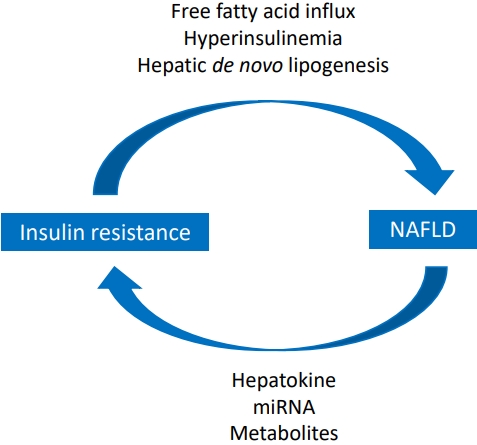
· The prevalence of pediatric nonalcoholic fatty liver disease (NAFLD) increased from 8.2% in 2009 to 12.1% in 2018 in Korea.
· Laboratory tests, biomarkers, and imaging studies are used for the early detection of NAFLD.
· Insulin resistance is closely related to NAFLD.
- Allergy
- Natural course of IgE-mediated food allergy in children
- Kyunguk Jeong, Sooyoung Lee
- Clin Exp Pediatr. 2023;66(12):504-511. Published online June 14, 2023
-

· Dendritic, regulatory T, and regulatory B cells significantly contribute to the natural course of food allergy.
· Cow’s milk and hen’s egg allergies tend to resolve in earlier childhood but recent studies show that 50% of patients still persist into school age.
· The potential factors affecting the natural course of food allergy are age at diagnosis, symptom severity, sensitization status and its change rate, and external factors such as diet and interventions.
· There is a considerable possibility of food allergy outgrow if specific IgE levels are 2–5 kUA/L or less, but other factors such as age and recent symptoms should be considered together.
· With a clear understanding of the natural course of food allergy, pediatricians can provide appropriate assessment and interventions to our patients, and consequently can help patients overcome their food allergy and improve the social safety net.
- Pulmonology
- Long COVID in children and adolescents: prevalence, clinical manifestations, and management strategies
- Eun Kyo Ha, Ju Hee Kim, Man Yong Han
- Clin Exp Pediatr. 2023;66(11):465-474. Published online June 19, 2023
-

· Current definitions of long coronavirus disease (COVID) in children and adolescents vary in duration, ranging from 4 to 12 weeks or more.
· The clinical spectrum of long COVID in children and adolescents comprises a wide range of symptoms and might be a multisystem disorder.
· Persistent health problems with a prevalence of 1%–66.5% were reported in children and adolescents after COVID-19, with a higher incidence of persistent single or multiple symptoms.
- Developmental and Behavioral Medicine
- Spontaneous movements as prognostic tool of neurodevelopmental outcomes in preterm infants: a narrative review
- Hyun Iee Shin, Myung Woo Park, Woo Hyung Lee
- Clin Exp Pediatr. 2023;66(11):458-464. Published online May 16, 2023
-
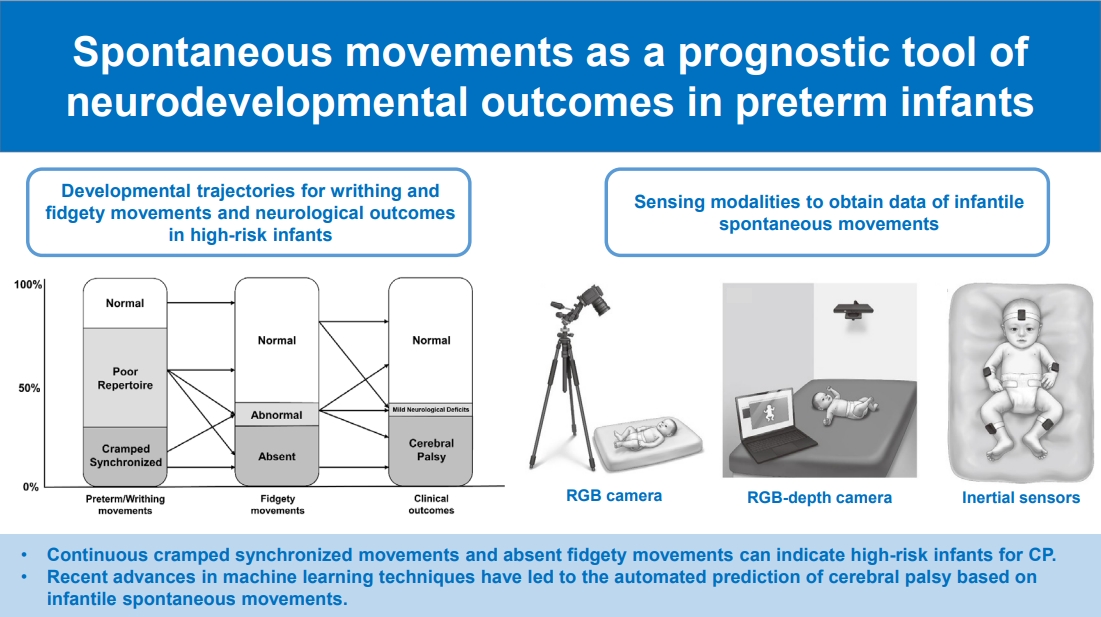
· Spontaneous movements can be useful to evaluate neuronal integrity in preterm infants.
· In General Movements Assessment, continuous cramped synchronized movements and absent fidgety movements can indicate high-risk infants for cerebral palsy.
· Recent advances in machine learning techniques have led to the automated prediction of cerebral palsy based on infantile spontaneous movements.
- Immunology
- Systemic autoinflammatory disorders
- Dae Chul Jeong
- Clin Exp Pediatr. 2023;66(10):432-438. Published online June 14, 2023
-
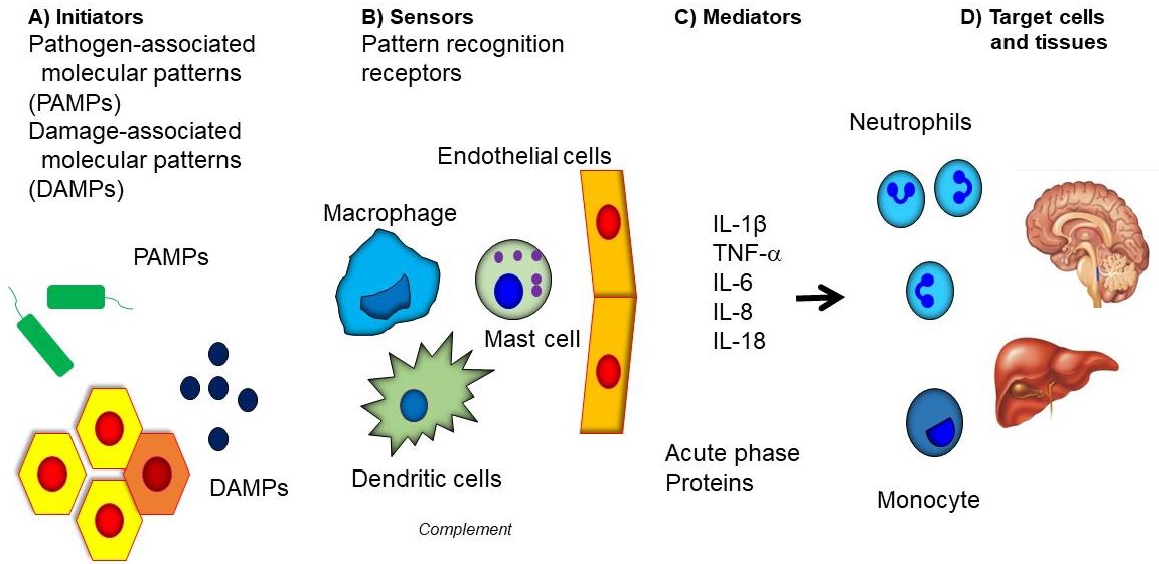
· Systemic autoinflammatory disorders (SAID) are disorders caused by dysregulation of the innate immunity with genetic background, leading to recurrent episodes of systemic inflammation.
· SAID is characterized by recurrent acute inflammatory responses including fever or skin manifestations, unrelated with infection or malignancy.
· Diagnosis is based on family and long-term history with detailed clinical and laboratory manifestations during febrile periods.
- Nephrology (Genitourinary)
- Kidney complications associated with COVID-19 infection and vaccination in children and adolescents: a brief review
- Hee Sun Baek, Min Hyun Cho
- Clin Exp Pediatr. 2023;66(10):424-431. Published online June 28, 2023
-
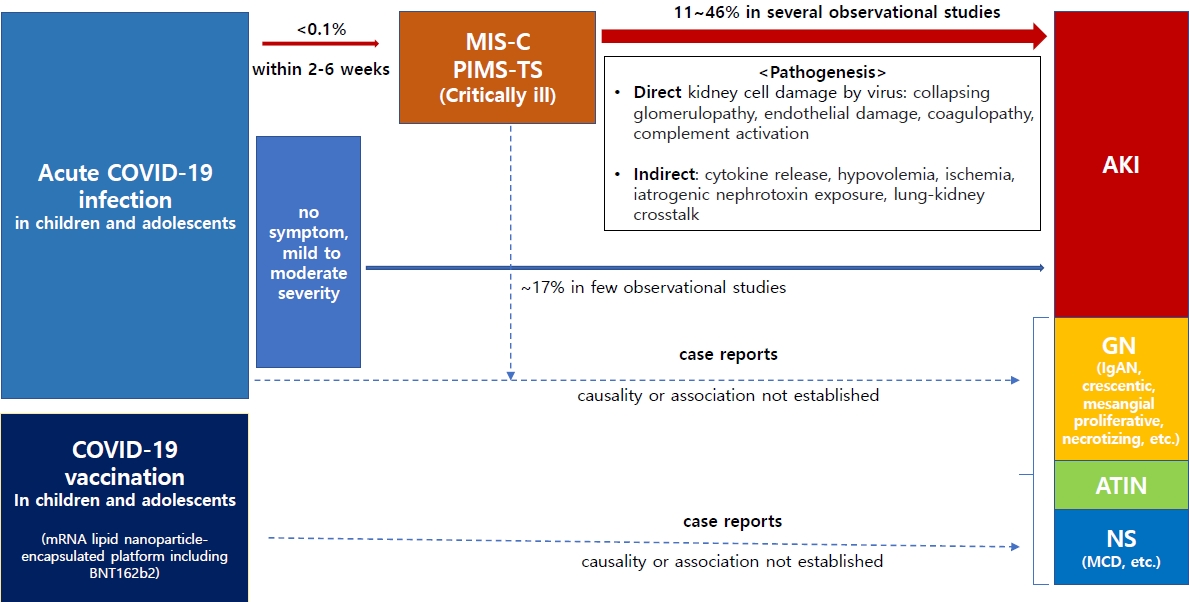
Several observational studies have shown that acute kidney injury affects up to 46% of children and adolescents who develop severe postinflammatory responses, such as multisystem inflammatory syndrome in childhood, due to coronavirus disease 2019 (COVID-19). Although causality has not been established, some cases of glomerulopathy or nephrotic syndrome occurring after COVID-19 infection or vaccination have been reported. Therefore, kidney complications associated with these conditions in children and adolescents warrant attention.
- Infection
- Safety monitoring of COVID-19 vaccines: February 26, 2021, To June 4, 2022, Republic of Korea
- Yeon-Kyeng Lee, Yunhyung Kwon, Yesul Heo, Eun Kyoung Kim, Seung Yun Kim, Hoon Cho, Seontae Kim, Mijeong Ko, Dosang Lim, Soon-Young Seo, Enhi Cho
- Clin Exp Pediatr. 2023;66(10):415-423. Published online June 13, 2023
-
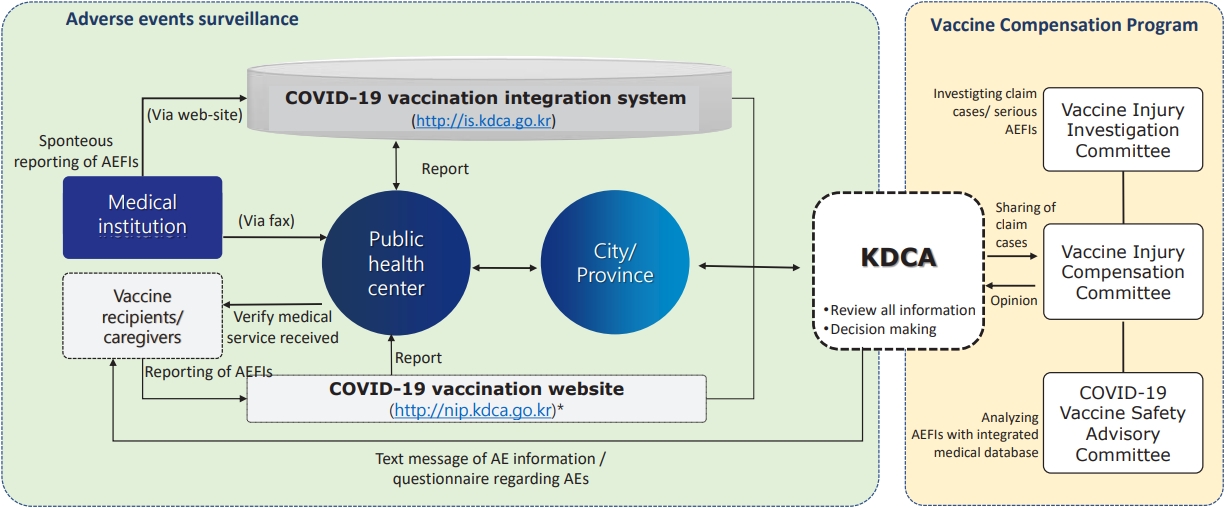
· Enhanced safety monitoring system of coronavirus disease 2019 (COVID-19) vaccines were implemented to detect signals rapidly as part of the national COVID-19 vaccination program.
· As of June 4, 2023, reported adverse events after COVID-19 vaccination was 0.38% among 125,107,883 doses of COVID- 19 vaccines administered.
· Most reported adverse reactions after COVID-19 vaccinations have shown nonserious and mild intensity.
- Neonatology (Perinatology)
- Treatment of congenital cytomegalovirus infection
- Gyu Hong Shim
- Clin Exp Pediatr. 2023;66(9):384-394. Published online December 28, 2022
-
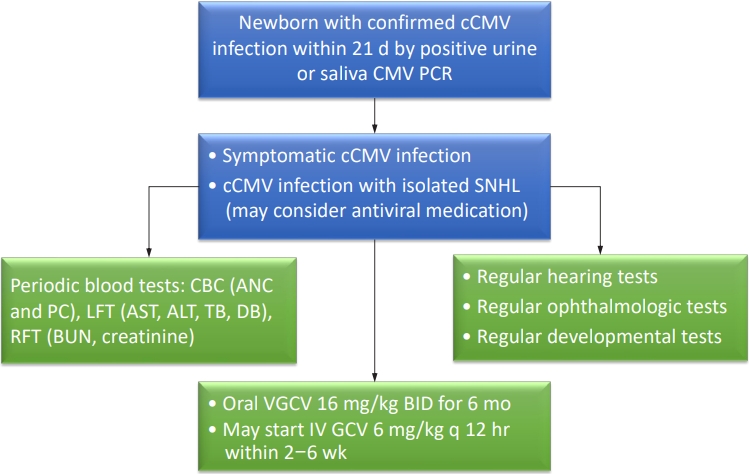
· Congenital cytomegalovirus (CMV) infection is among the most common causes of nongenetic sensorineural hearing loss.
· Congenital CMV is initially treated with intravenous ganciclovir for 2–6 weeks and switched to oral valganciclovir, or with oral valganciclovir for the entire 6-month period.
· Infants with congenital CMV require periodic monitoring of absolute neutrophil count, platelet count, and blood urea nitrogen, creatinine, liver function tests, audiological, ophthalmological, and developmental tests during antiviral medication.
- Gastroenterology
- Prevalence, risk factors, and treatment of small intestinal bacterial overgrowth in children
- Yu Kyung Cho, Jin Lee, Chang Nyol Paik
- Clin Exp Pediatr. 2023;66(9):377-383. Published online August 21, 2023
-
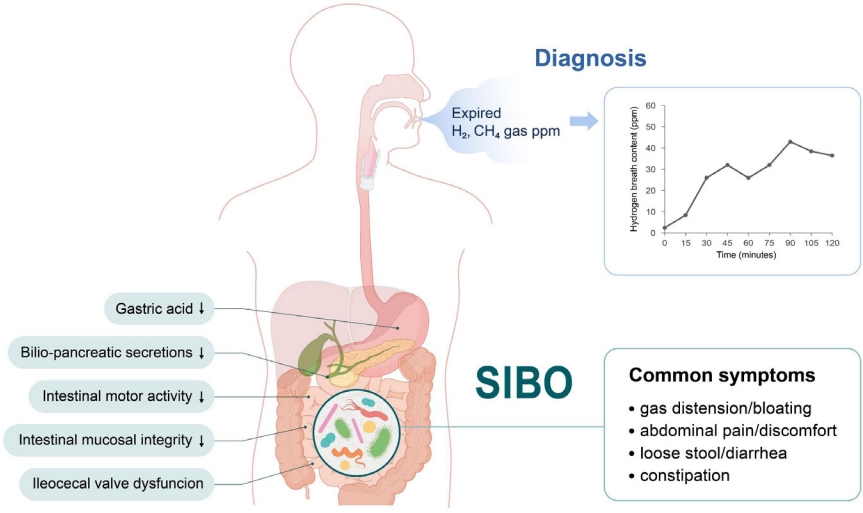
· Pediatric small intestinal bacterial overgrowth (SIBO) manifestations range from nonspecific abdominal symptoms to malabsorption or malnutrition.
· SIBO is prevalent in children and adolescents with functional abdominal pain disorders.
· Predisposing factors include disturbed intestinal motility, altered anatomy, and/or abnormal body defense systems against intestinal bacteria.
· Breath tests are safe and noninvasive.
· Treatment principles include managing predisposing conditions, nutritional support, symptom control, and antibiotics.
- Other
- Hearing loss in neonates and infants
- Goun Choe, Su-Kyoung Park, Bong Jik Kim
- Clin Exp Pediatr. 2023;66(9):369-376. Published online January 9, 2023
-
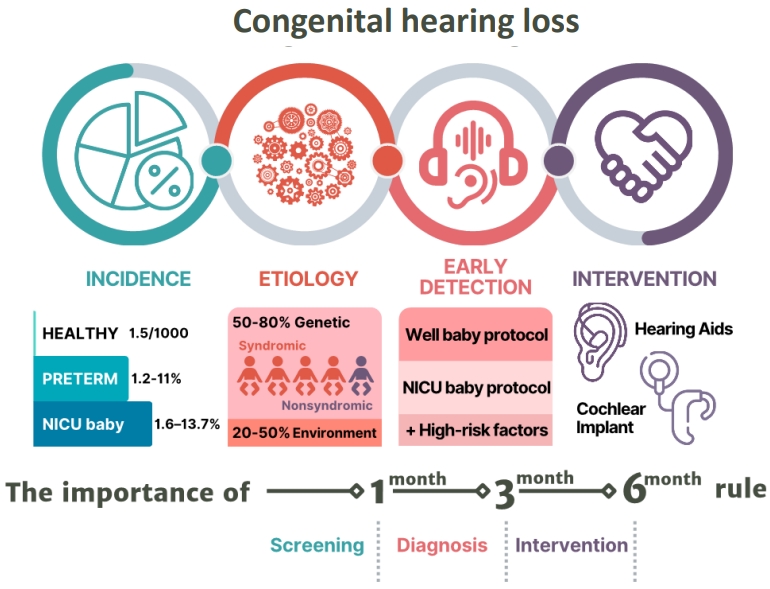
· Congenital hearing loss is common, with an approximate incidence of 1.5 per 1,000 newborns and affecting 1.2%–11% of preterm and 1.6%–13.7% of neonatal intensive care unit neonates.
· Etiologies vary, and up to 80% of cases are genetic.
· Newborn hearing screenings follow the 1-3-6 rule, and babies at high risk of hearing loss should be referred to otolaryngology for early detection and timely intervention.
- Allergy
- Trends of vitamin D in asthma in the pediatric population for two decades: a systematic review
- Myongsoon Sung
- Clin Exp Pediatr. 2023;66(8):339-347. Published online June 14, 2023
-
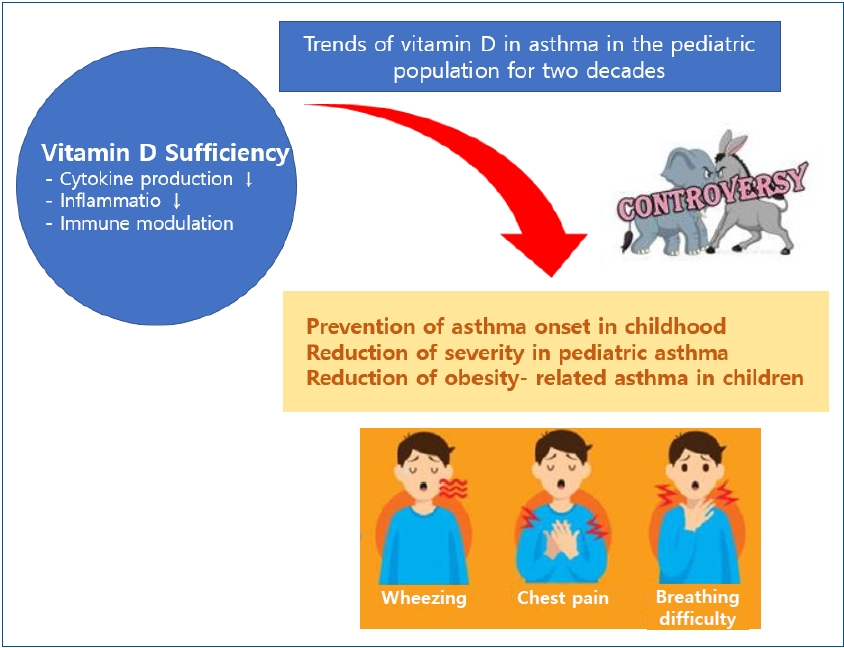
· Vitamin D may affect asthma via multiple mechanisms, including lung and optimal immune system functions.
· Many clinical trials have demonstrated the beneficial effects of vitamin D on asthma onset and aggravation. However, definitive clinical trials are lacking, and reports have detailed contradictory effects of vitamin D in children with asthma.
· Some exciting reports stated that obesity and vitamin D deficiency are associated with increased asthma symptoms in the pediatric population.
- Cardiology
- Environmental changes surrounding congenital heart disease
- Eun-Young Choi
- Clin Exp Pediatr. 2023;66(8):332-338. Published online January 2, 2023
-
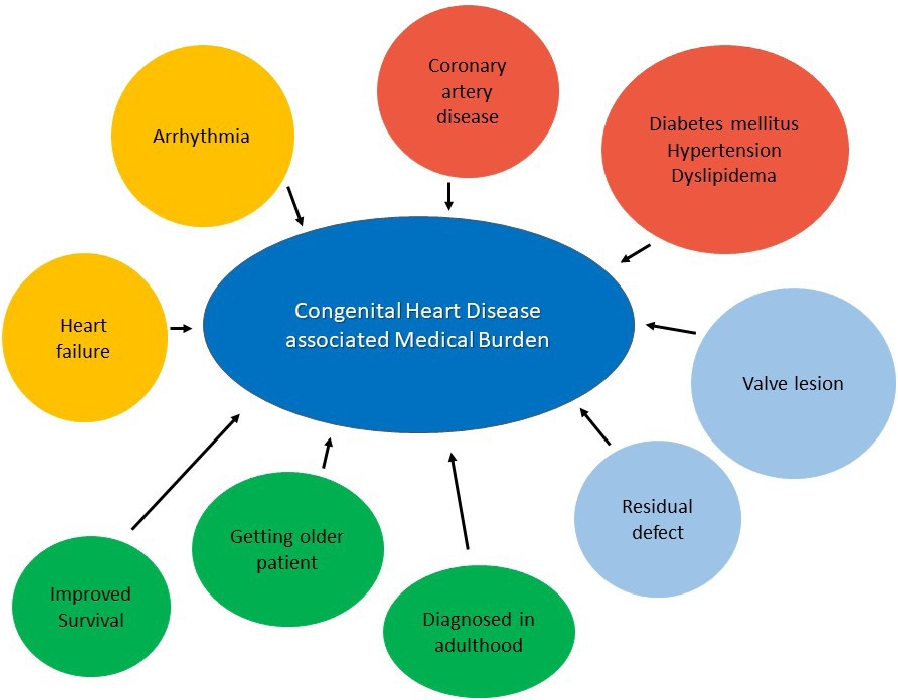
· As the number of patients with congenital heart disease increases, the medical burden increases.
· Various fusion imaging techniques using percutaneous procedures have been introduced.
· With advances in technology, convenient ambulatory devices have been introduced.
· A well-organized team approach is required to resolve advanced heart failure in patients with congenital heart disease.
- Nutrition
- Protein substitutions as new-generation pharmanutrition approach to managing phenylketonuria
- Fatma Nur Keskin, Teslime Özge Şahin, Raffaele Capasso, Duygu Ağagündüz
- Clin Exp Pediatr. 2023;66(8):320-331. Published online November 1, 2022
-
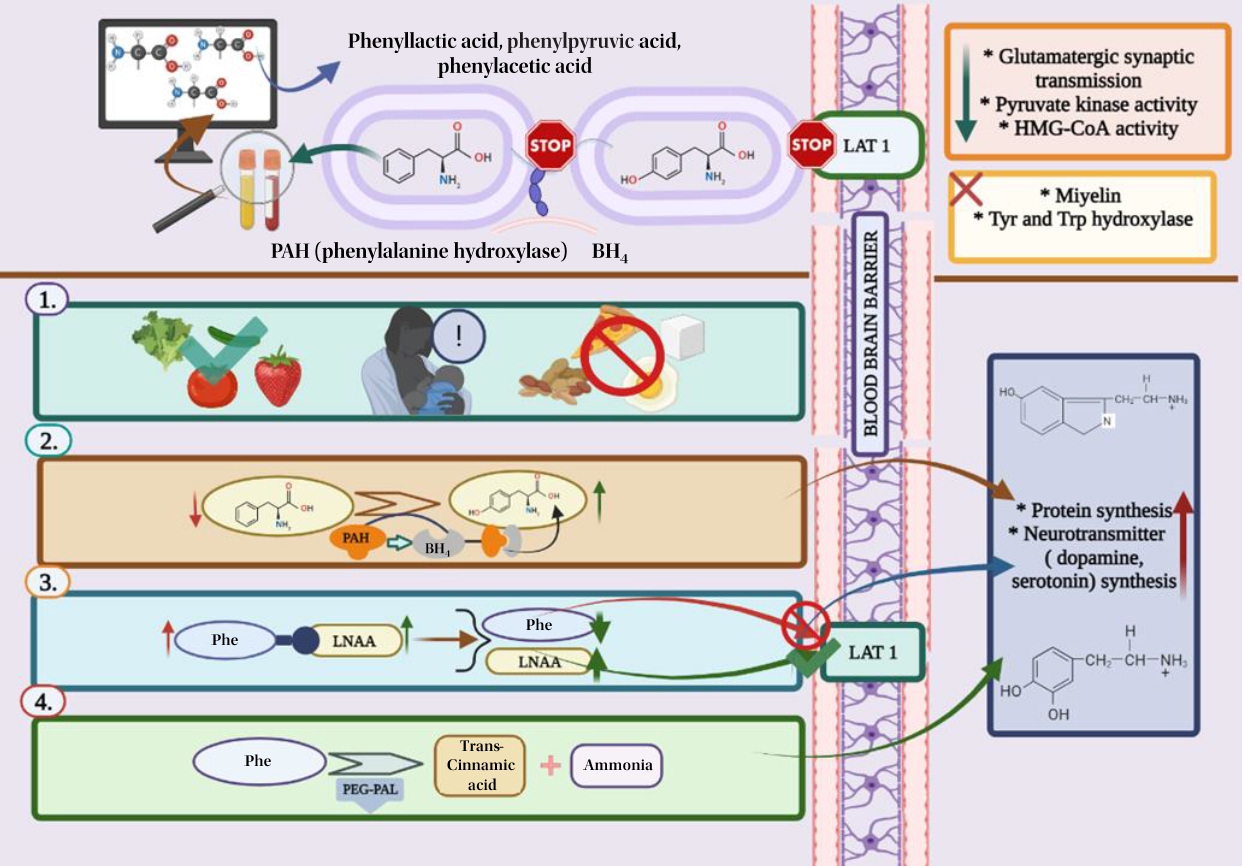
Phenylketonuria, an autosomal recessive disease that results from the inability to metabolize phenylalanine, is currently treated with medical nutrition therapy. New treatment approaches such as tetrahydrobiopterin, glycomacropeptide, large neutral amino acids, pegvaliase, and gene therapy significantly impact disease management and dietary enrichment. This article also reviews animal and human studies that have evaluated the efficacy and safety of these new protein substitutes.
- General Pediatrics
- Korean Developmental Screening Test for Infants and Children (K-DST): development, applications, and implications for future early childhood development interventions
- Dooyoung Kim, Young June Choe, Bilal Aurang Zeb Durrani, EunYoung Kim, Junghye Byeon, Baik-Lin Eun
- Clin Exp Pediatr. 2023;66(7):288-293. Published online December 22, 2022
-
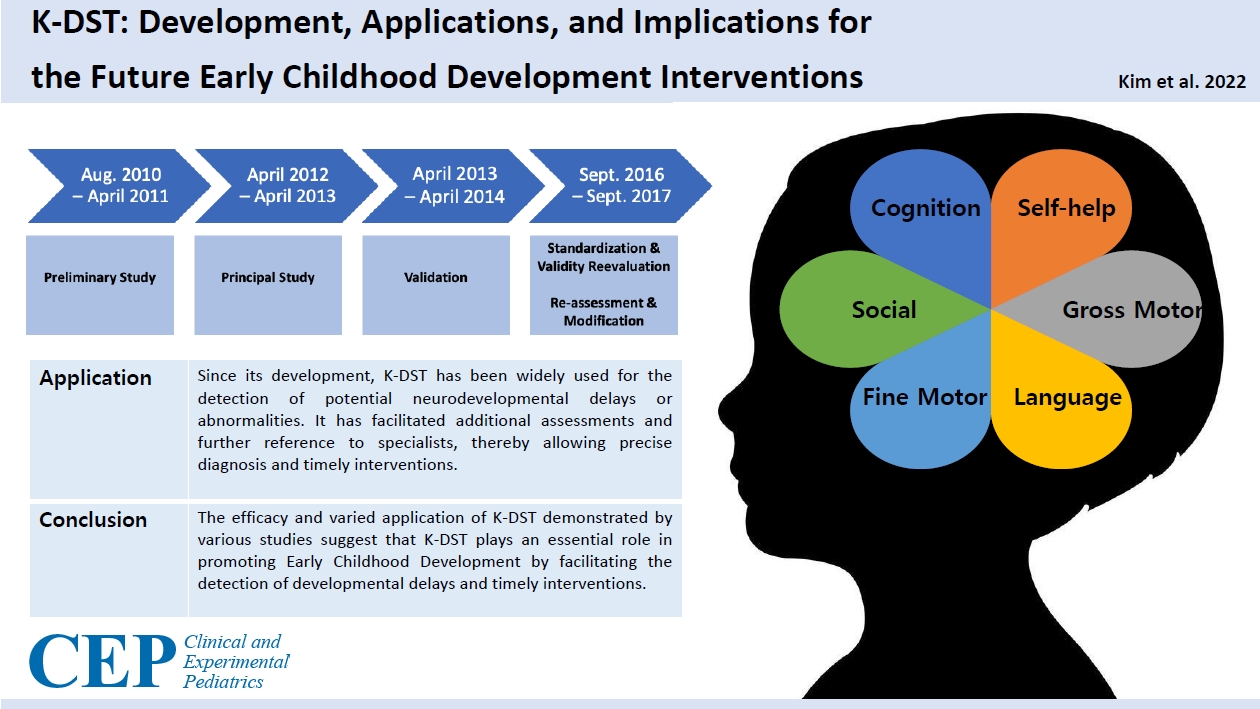
· This review discusses the development and application of the Korean Developmental Screening Test for Infants and Children (K-DST) for ensuring early childhood development.
· Various studies have demonstrated the integral role of the K-DST in facilitating the detection of developmental delays and delivery of timely interventions.
· The tailoring of the K-DST to Korean infants and children suggests that other countries may further translate and adapt it.
- Neonatology (Perinatology)
- Neurodevelopmental outcomes of preterm infants
- In Gyu Song
- Clin Exp Pediatr. 2023;66(7):281-287. Published online December 30, 2022
-
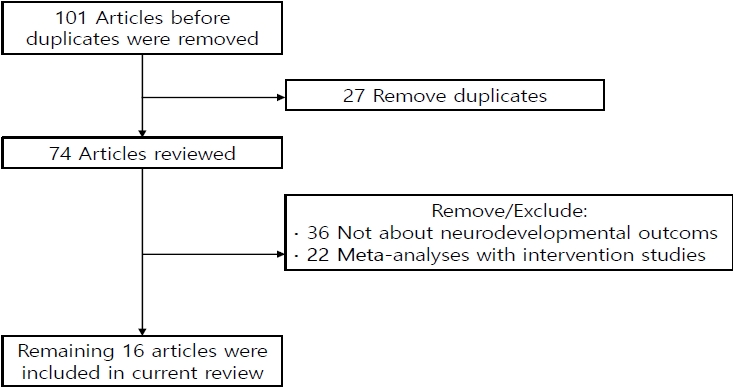
· Among survivors, 60.9% of infants born at 22 weeks’ gestation had moderate to severe impairments, whereas 50.3% born at 23 weeks’ and 42.2% at 24 weeks’ gestation had moderate to severe impairments.
· Moderate and late preterm infants reportedly have less severe disease than very preterm infants, but they still experience adverse neurodevelopmental outcomes.
· The careful follow-up and early detection of developmental problems in these patients are required.
- Neurology
- Gut microbiota affects brain development and behavior
- Gun-Ha Kim, Jung-Ok Shim
- Clin Exp Pediatr. 2023;66(7):274-280. Published online November 8, 2022
-
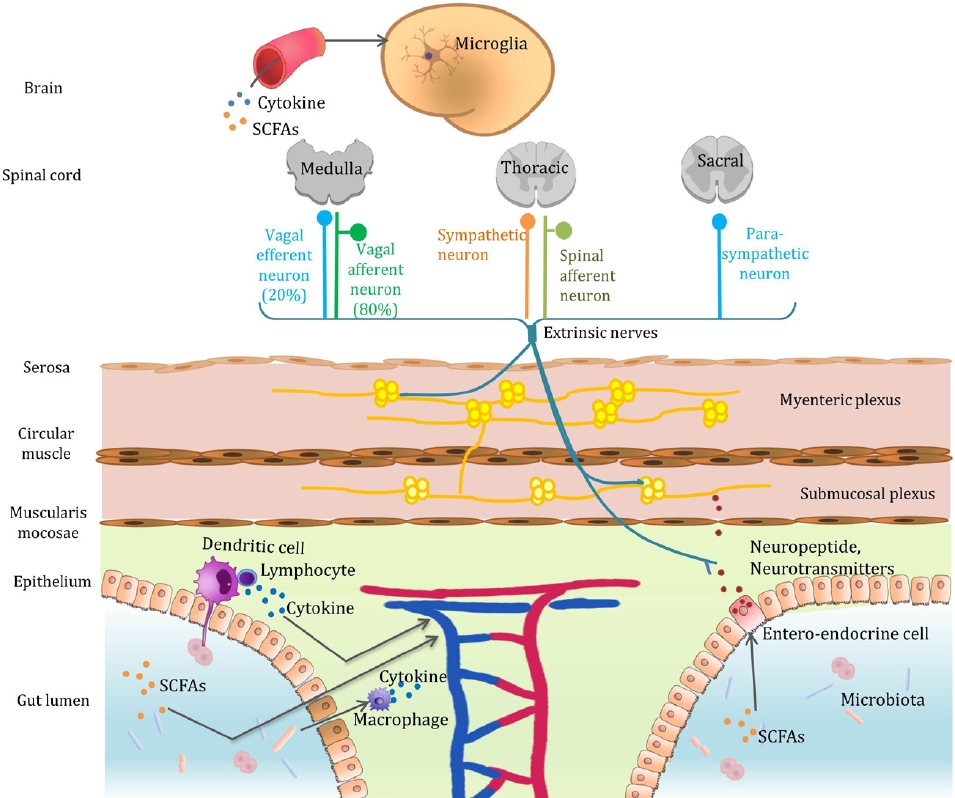
· The gut microbiota can alter a host’s brain development and behavior.
· Gut bacteria communicate with the brain via the microbiota-gut-brain axis.
· Fecal microbial transplantation is a promising treatment strategy for autism spectrum disorder.
- Allergy
- Recent topics on gastrointestinal allergic disorders
- Yoshiyuki Yamada
- Clin Exp Pediatr. 2023;66(6):240-249. Published online January 9, 2023
-
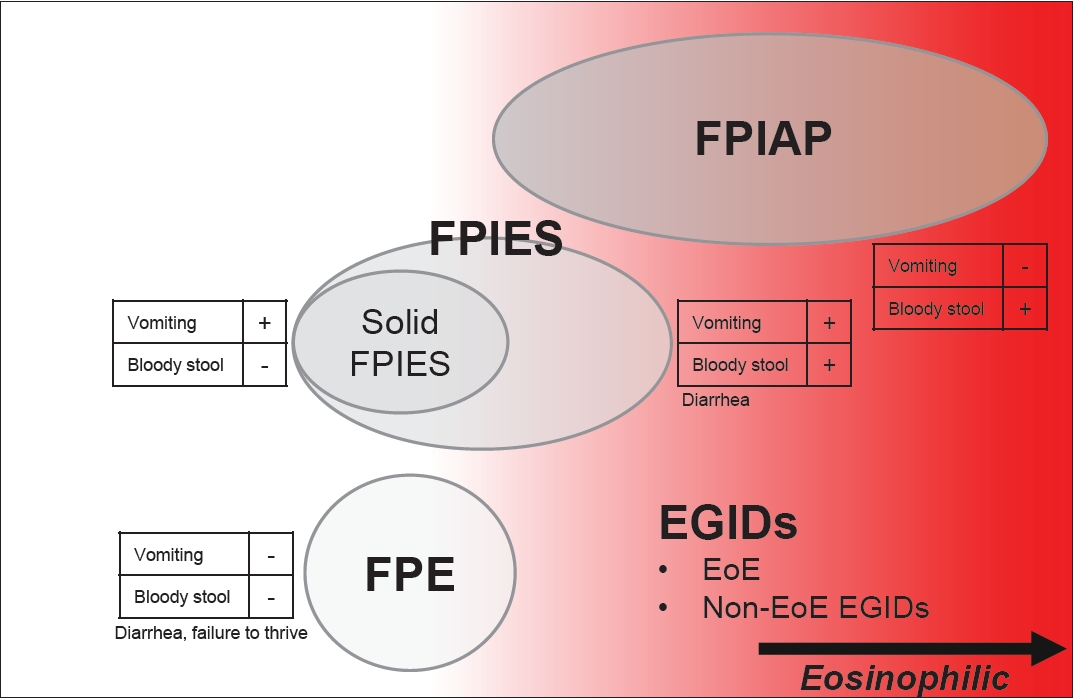
Gastrointestinal (GI) allergies are divided into immunoglobulin E (IgE)-mediated, non-IgE-mediated, and mixed types. In addition to non-IgE-mediated, overlapping eosinophilic GI disorders (EGIDs) have increased in Japan. EGIDs, a mixed-type allergy category, include eosinophilic esophagitis (EoE) and non-EoE EGIDs. The number of EoE cases has increased in Western countries, followed by Asian countries. Recent GI allergies may also be associated with type 2 inflammation.
-

-
-

-

-
Impact Factor4.2
-
6.52022CiteScore92nd percentilePowered by







